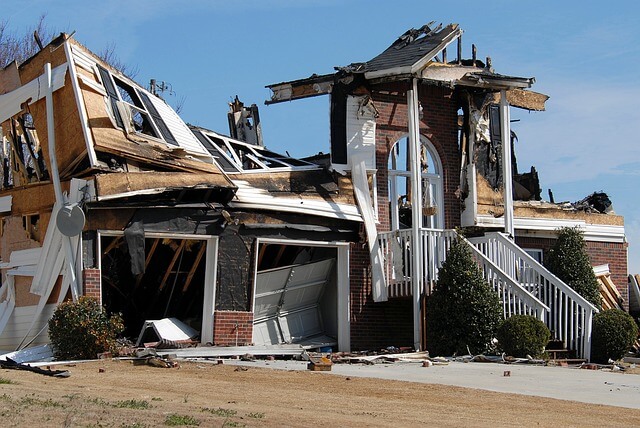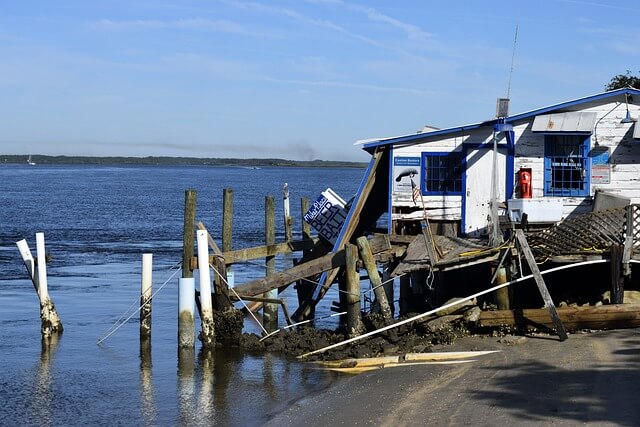Introduction
Water damage is one of the most common and costly home insurance claims. However, many homeowners are surprised to find that standard home insurance policies do not provide protection against all water-related losses. Flood coverage in particular requires separate specialty insurance. This article will break down what typical home insurance covers and does not cover when it comes to water damage, and how to fill those coverage gaps.
Understanding Home Insurance Water Damage Coverage
Home insurance provides limited protections against water losses under these main coverage types:
Dwelling Coverage
Covers damage to the physical structure from events like burst pipes, rain/hail through openings, snowmelt flooding etc. But exclusions apply.
Personal Property Coverage
Damage to contents like furniture, electronics, clothing etc. is covered on a named-perils basis only, not from general flooding.
Additional Living Expenses
Pays for temporary housing costs if the home is uninhabitable during repairs.
Liability Protection
Covers injuries on your property from accidents stemming from water damage conditions.
Key Home Insurance Water Damage Exclusions
Several common water damage scenarios are excluded, including:

Floods
Damage from surface flooding is universally excluded. Separate flood insurance is required.
Sewer/Drain Backups
Backflows from municipal sewer/drain systems into the home are generally excluded.
Sump Pump Failure
Damage resulting from sump pump failures and consequent flooding is excluded.
Leaking Appliances
Slow water leaks from appliances like dishwashers, washing machines and water heaters are typically excluded.
Deteriorating Systems
Bursts due to deterioration and inadequate maintenance of plumbing, heating and water systems are not covered.
Groundwater Seepage
Water seeping through walls and floors from underground water tables and hydrostatic pressure leads to exclusions.
Heavy Rains
Insurers exclude damage caused by rain/hail unless it enters through openings like broken windows or a punctured roof. Storm-driven rain perils require endorsements.
Key Factors That Impact Water Damage Claims
Several elements influence whether a water loss will be covered:
Direct vs Indirect Damage
The water’s source and how directly it damaged property impacts coverage analysis. Was it a burst pipe or indirect runoff?
Sudden vs Slow Damage
Sudden/accidental damage is more likely covered than slow leaks and gradual seepage that could have been mitigated earlier.
Adequate Home Maintenance
Neglecting known maintenance issues like leaks or drain blockages can jeopardize claims.
Policyholder Preventative Efforts
Did you take reasonable loss prevention and mitigation actions? Did sump pumps fail when you were out of town?
Definitive Cause Determination
If the water’s entry point and details cannot be clearly established, claims may be denied.
Private Market Flood Insurance Options
Since home insurance excludes flooding, buying flood coverage is wise, especially in high-risk flood zones. Options include:
FEMA’s National Flood Insurance Program (NFIP)
This federal program provides flood insurance policies directly and through private insurers. Premiums are set nationally and do not differ between companies.
Private Market Flood Insurers
Insurers like FMCA and Chubb now offer customized flood insurance options as an alternative to the NFIP. But availability may be limited.
Bundled Home Insurance Policies
Some insurers sell home policies that package basic flood coverage. But limits tend to be low and severe flooding is excluded.
Flood Endorsements
Allows adding more robust flood protections to existing home insurance policies, for high value homes.
Hybrid Loss Assessments
Covers flooding from problem areas like roof runoff and sewer/drain backups, but not general surface flooding which still needs NFIP policies.
Steps to Take to Reduce Water Damage Risks
Homeowners can proactively minimize risks of costly water damage by taking these preventative measures:

Install Water Sensors
Place smart water sensors in vulnerable areas to detect leaks early before major flooding occurs.
Inspect Plumbing and Roofing
Periodically check piping, water heaters, appliances, and roofing for cracks or deterioration that can lead to leaks.
Maintain Drainage Systems
Clear debris from gutters and tree branches, repair cracked drainage pipelines, and keep sump pumps serviced.
Update Building Materials
Use water resilient materials like stone floors vs. carpeting, metal vs. wood studs, tankless water heaters etc.
Relocate Valuables
Keep documents, collectibles and electronics out of basements and rooms vulnerable to flooding.
Landscape Management
Grade soil to channel stormwater away from your home’s foundation and direct runoff into rain gardens.
Test Sump Pumps
Periodically test backup power systems for sump pumps and repair any issues.
Document Valuables
Thorough photographic documentation of possessions helps support insurance claims if water damage does occur.
Conclusion
While home insurance provides limited protections for water damage, there are significant exclusions like flood events. Periodically reviewing policy terms, seeking specialized coverage additions like flood insurance, and proactive mitigation steps are essential to fully protecting your home from costly water damage claims down the road.
